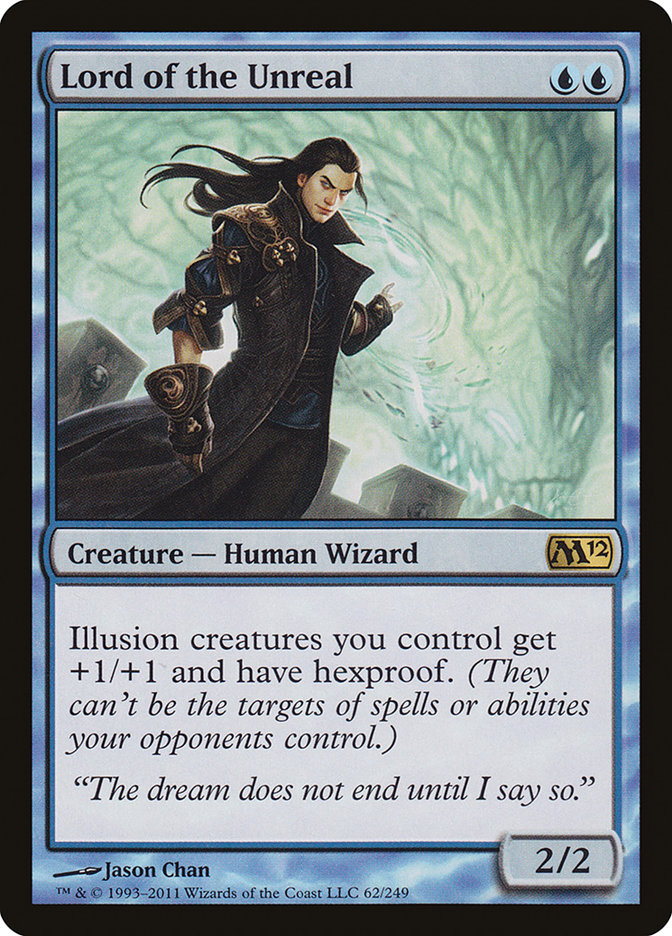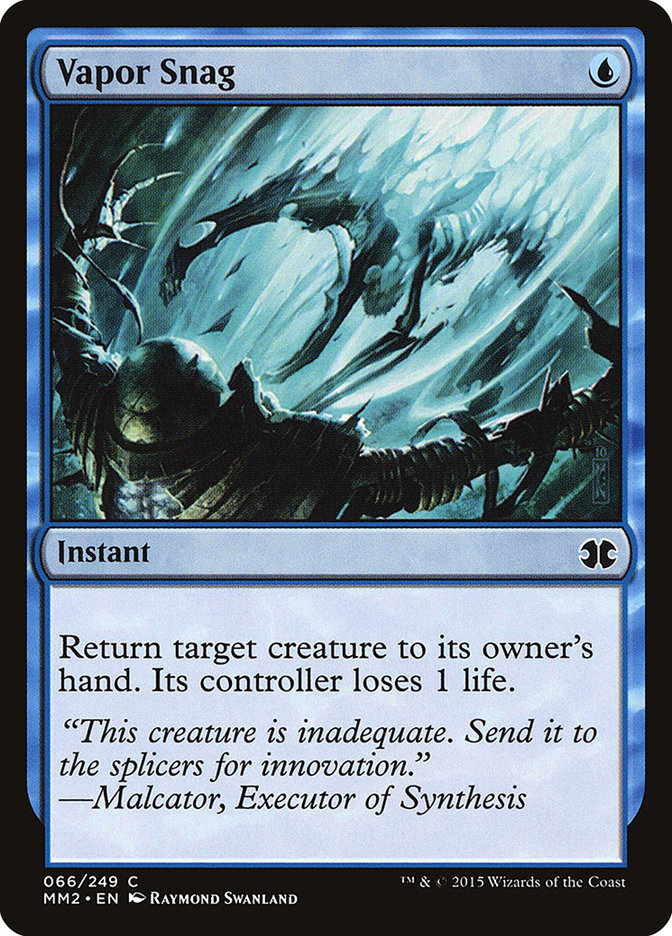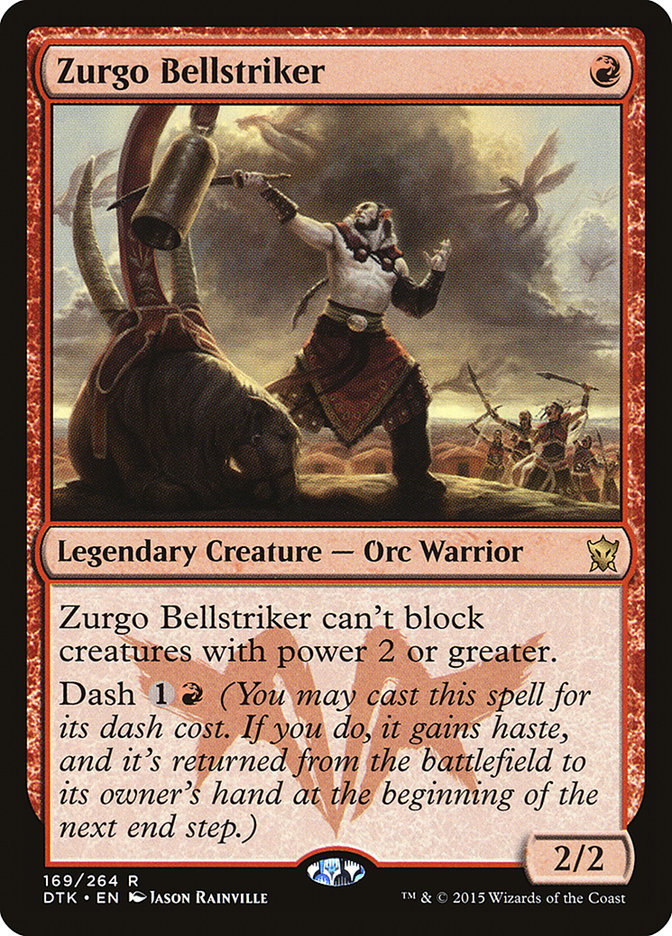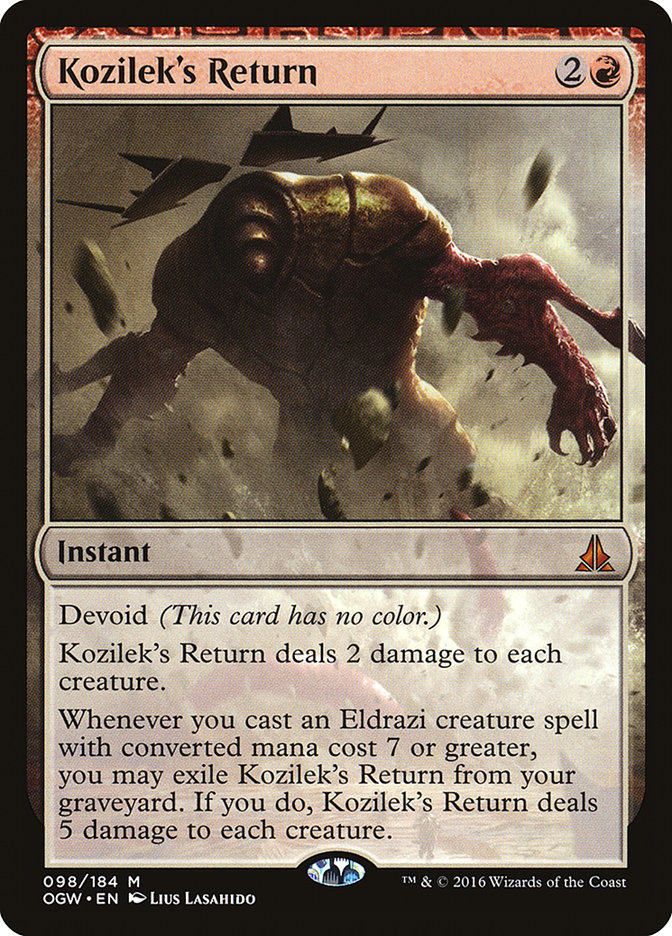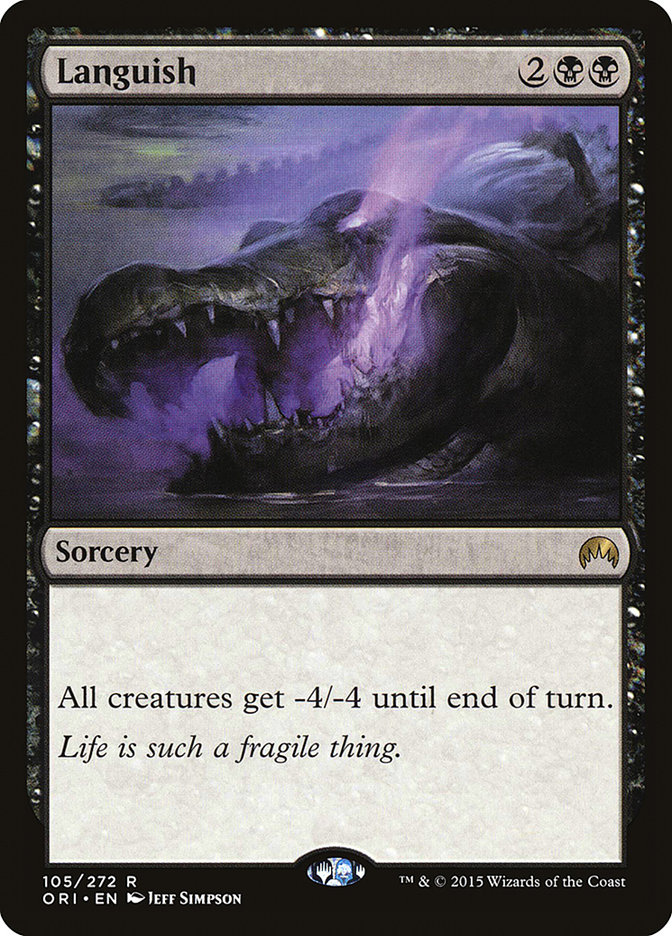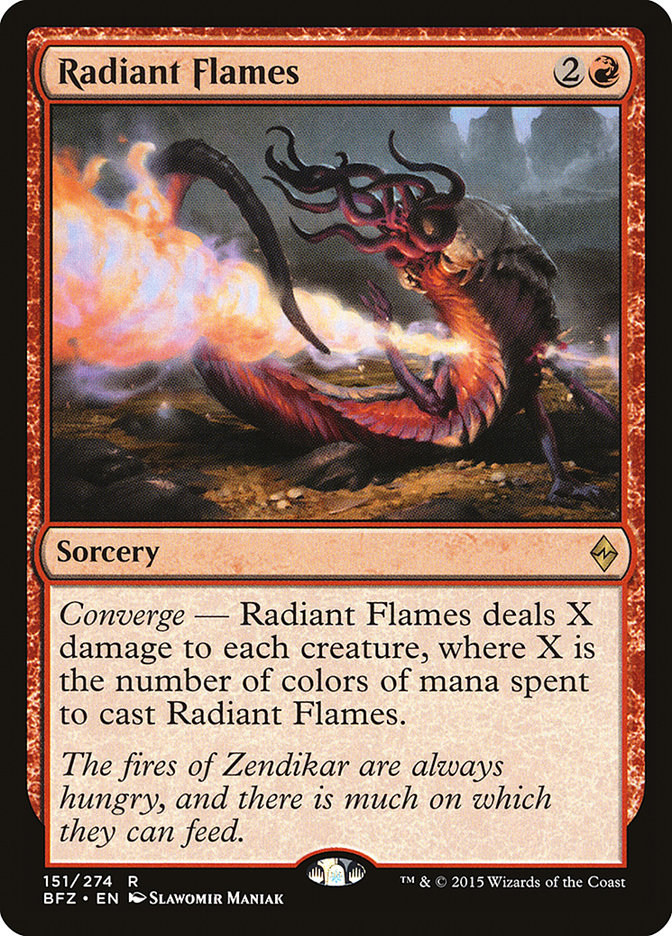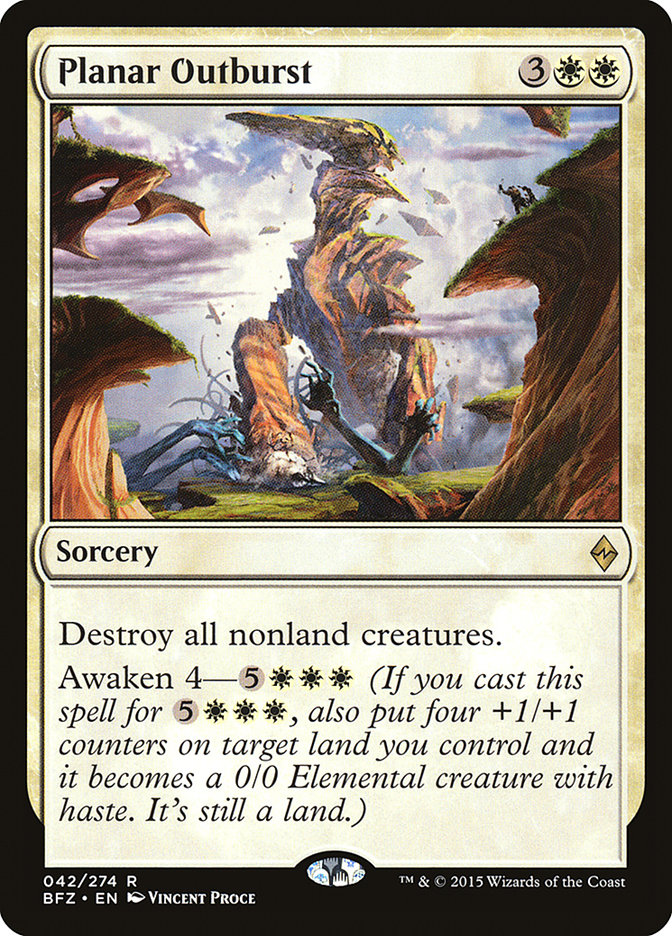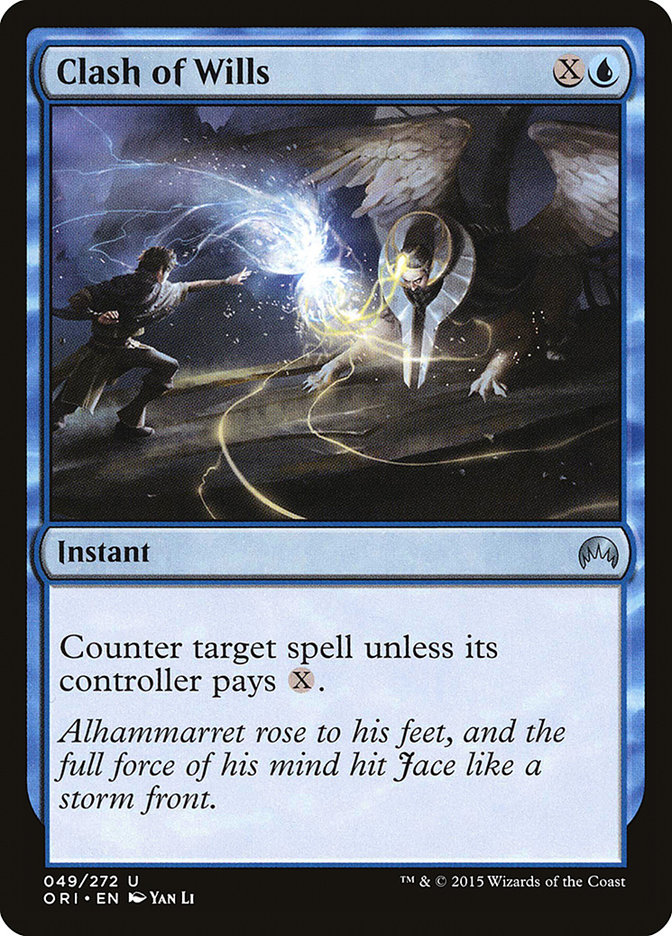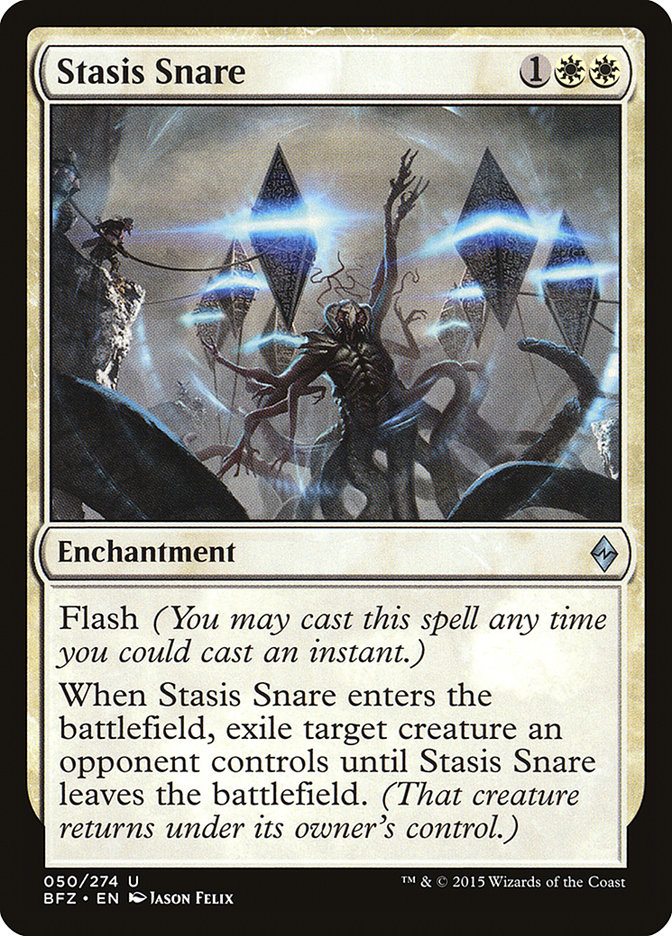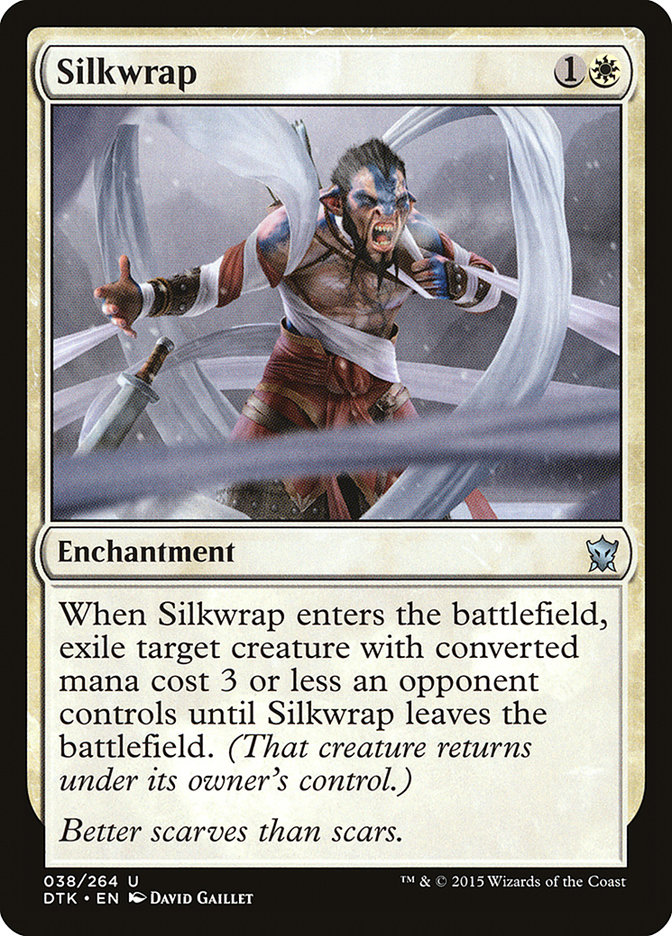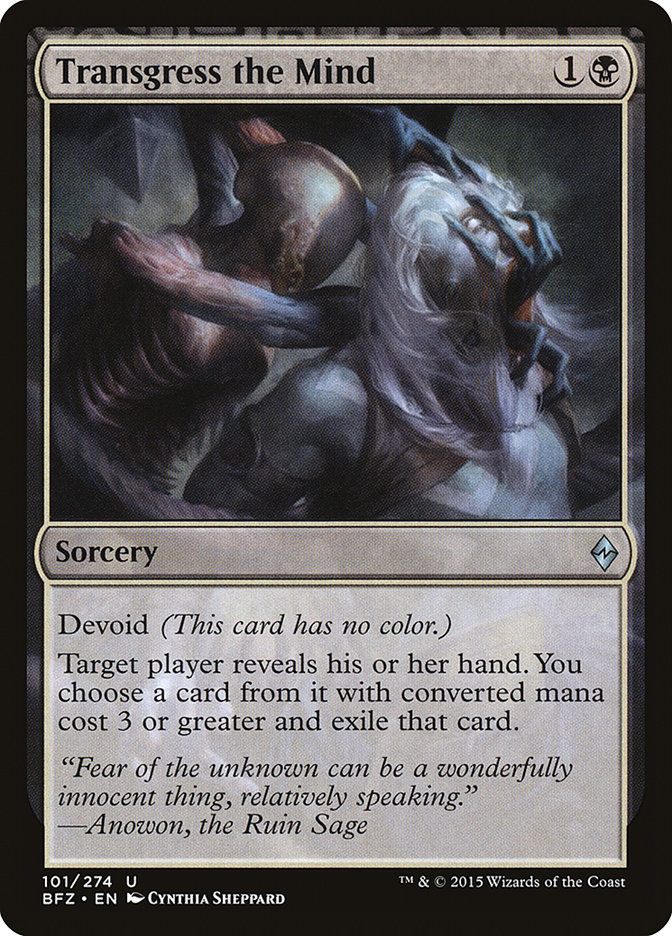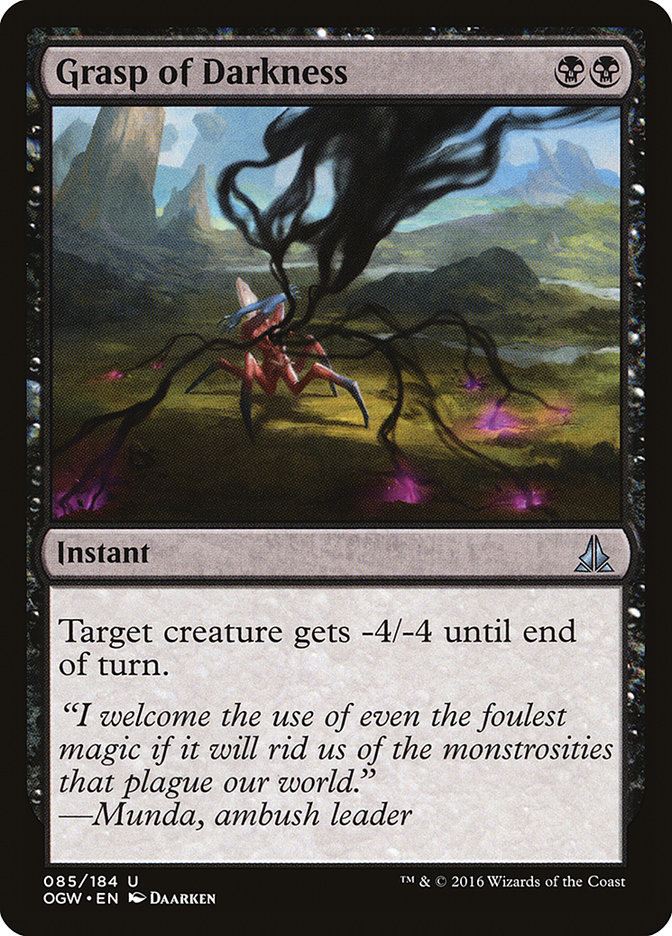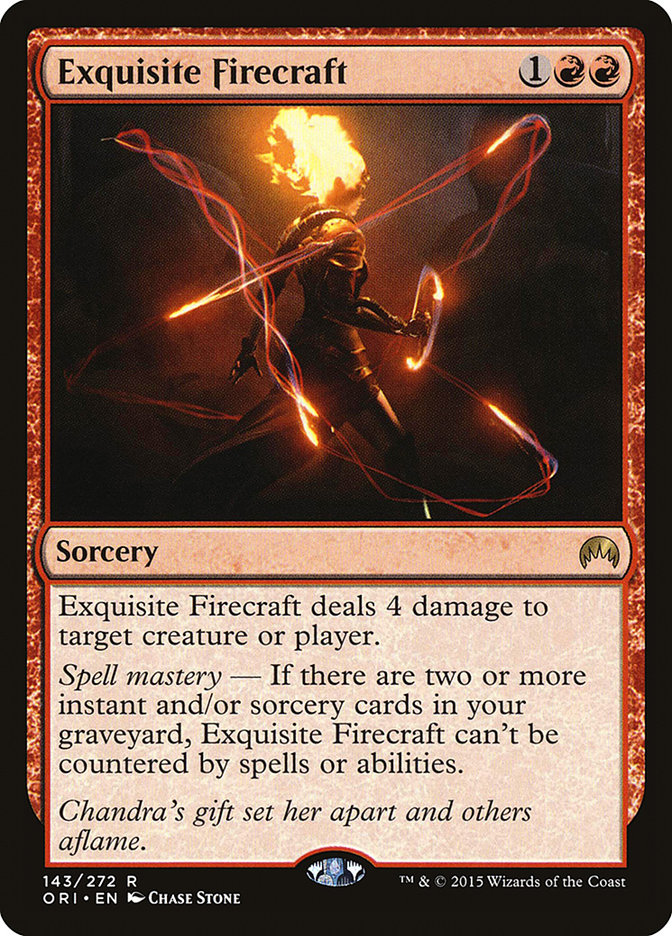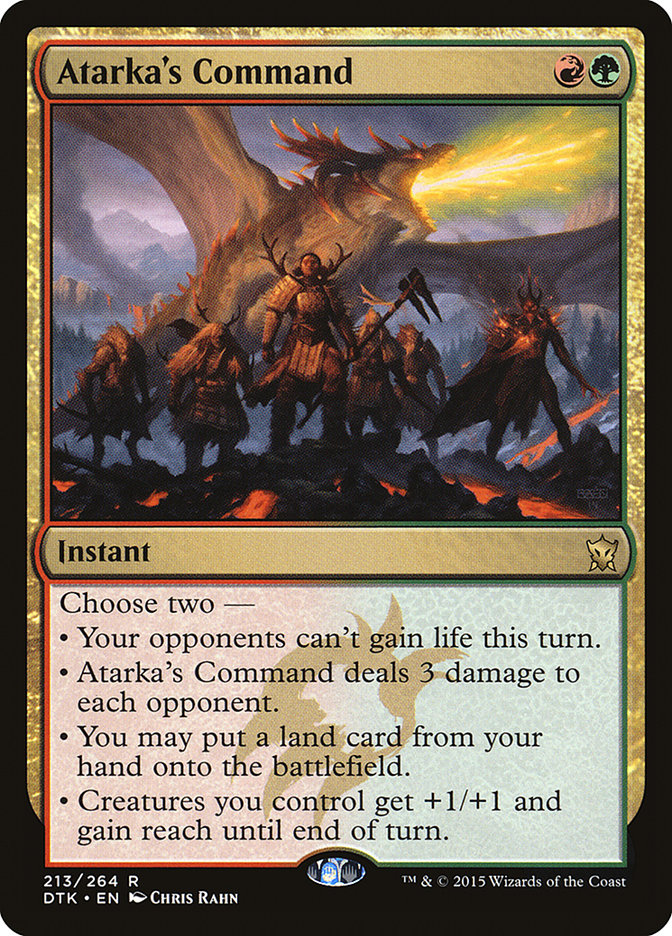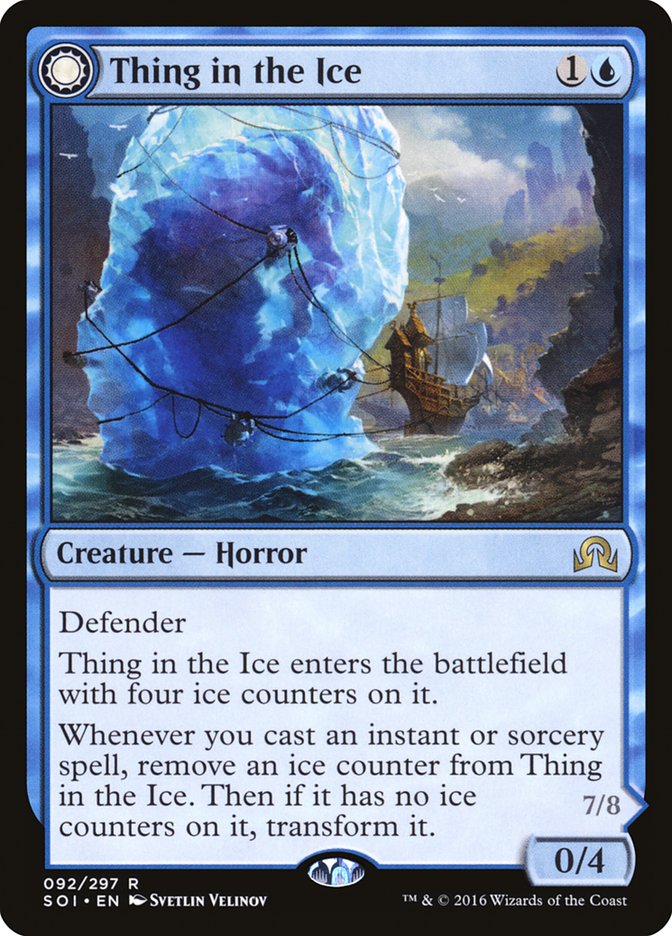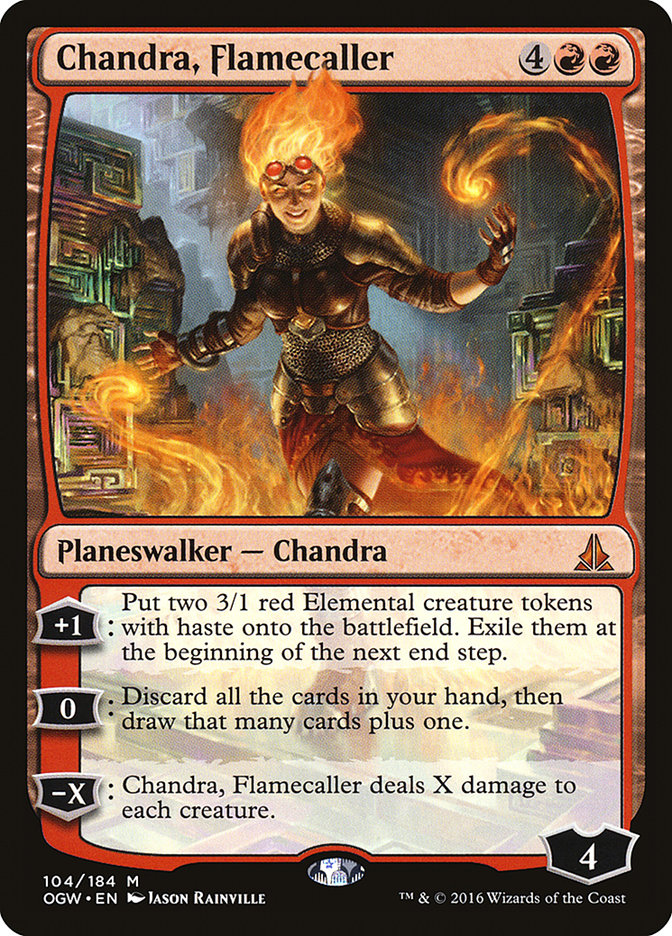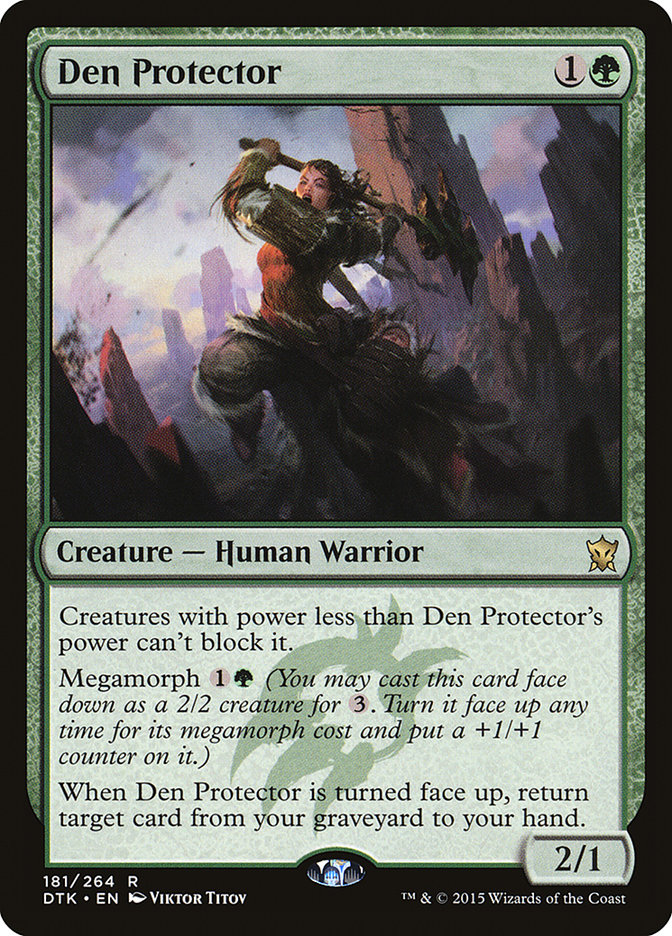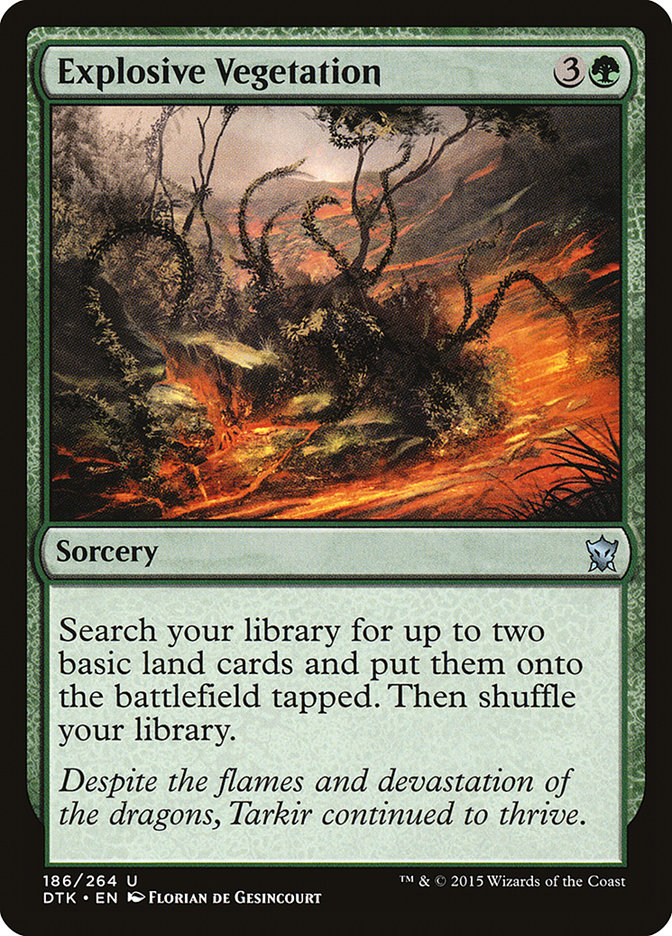Going into any new Standard format, there are quite a few unwritten rules you should try to follow. These are not laws. You can choose to ignore some of them, but you would be wise to consider all of them. Each new Standard format is like a wild animal that needs to be tamed, and each time a new set rolls around, it feels like we’re learning how to play Magic all over again. And that is one of the beautiful aspects of Magic: it is always changing.
When one piece of the puzzle is removed, we need to find a few other pieces to smoosh together to fill the space left behind. Sometimes the entire puzzle gets thrown into the garbage and we need to go buy an entirely new puzzle. Big rotations are going to be twice as common as they once were, so these instances of having to scrap everything we know about a format are going to come twice as often. While that means we’re going to have a tough go of it every six months, that also means that Siege Rhino and the like will rotate six months faster.
An overall win, if you ask me.
But these rules, these guidelines to new Standard formats, should help you in your progression of finding things out. Common truths of the current format, or something like that. Let’s get started.
Rules of Engagement
While some of these rules will overlap, I think it is important to look at the distinctions between them. There are a lot of gaps in between, and there are quite a few ways that you can get creative when it comes to a new Standard format. Something that looks good on paper won’t always play out how it does in your imagination, and a proper amount of testing any idea is always necessary to work out the kinks.
While you aren’t always going to find a deck you like in the first week, you might find a deck that feels pretty good. At the very least, you can find a few new cards that tickle your fancy, and building around those can be a great start to a new Standard. There are no bad ideas. There are only ideas that you’ve tested and those that you haven’t.
Some of the worst decks I’ve ever seen have looked like works of art, while some of the actual best decks in Standard come out looking like something out of a horror movie. It is important to remember that Magic isn’t all about aesthetics, and instead you should put an emphasis on functionality. Some of the best decks in modern times have started with a simple idea:
Let me remind you that by the end of the last Innistrad Standard cycle, Vapor Snag was the only card still seeing play in the Delver of Secrets decks. If you find something that feels good, keep tuning it until the time comes to showcase it at whatever tournament you’re going to. Chances are, your good idea is actually a great idea, and all it needs is a little TLC.
But for every great idea, there are something like fifty really bad ones. And for every great deck, there are at least ten horrible ones. The rules for taming a new Standard frontier aren’t exactly pushing you towards the creative side, but you’ll be more likely to get the job done.
1) Be Functional
Every new Standard format comes with the same old song and dance. People try to do just a little too much and fall flat on their face. When Battle for Zendikar was first released, no one really understood just how good the manabases were going to be, but some people got a bit too ambitious, and it cost them dearly. Once we started to play with the Battle lands, we eventually got the hang of how to order our spells properly, and what combination of spells actually fit the lands we wanted to play (and vice versa).
In the first week of Battle for Zendikar Standard, I got a lot of free wins because my deck was functional. It wasn’t good, and it wasn’t pretty, but I could cast all of my spells each game because I built my spells around my mana, and not the other way around. So often when there is a new Standard format, people send me brews that start like this:
yada yada yada
26 land
…
The important thing to note here is how little people care about how to build their mana, when in actuality you should usually build a manabase before filling out the rest of the deck. When you try to work in reverse, the result is usually that you flounder and die to the (mostly) mono-colored deck. There is a very good reason why Atarka Red won the initial Standard Open with Battle for Zendikar: it was functional. It has solid mana, and Brian DeMars was just casting more spells each game than his opponents.
That isn’t to say that two and three color decks will be worse than mono-colored decks in the first week, but there is a good chance that this is the case. Think of how often your lands entered the battlefield tapped in the first few weeks of Battle for Zendikar Standard when that could have been avoided simply by changing a few spells and a few lands. At this juncture, we have a few of the same problems with Shadows over Innistrad manabases, though it is not nearly as difficult to fix.
2) Good Mana
Having a functional manabase is a very important part of building new Standard decks. I would argue that it is the most important, above what spells you’re actually trying to cast. Time and time again, I win matches in the opening week of a format because my opponent is failing to draw their fourth land, or third color, only to be undone by the most basic of strategies.
It can be difficult to find good resources in the early weeks of the format because, spoiler alert, we also don’t really know what we’re doing. Until we’ve gotten to play with the new cards, both lands and spells, it is nearly impossible to give you good information. Hell, even after we’ve had them for a week or two, most pros won’t even give you their best information because they’re saving it for the Pro Tour.
Finding the right manabase in the new Standard format, or at least a functional manabase, shouldn’t be nearly as hard as it was with Battle lands and fetchlands from Khans of Tarkir. From what I’ve seen so far, the easiest way to build a two-color deck is to rely heavily on one color and use the other one mostly for support. Evolving Wilds is legitimately great at the moment, because it gives you incentives to play a lot of basic lands, which work well with both Battle lands and Shadow lands. The most basic of two-color manabases with a light splash should look something like this:
10 Swamp
4 Mountain
Of course, the most powerful cards in Standard are likely to cost two of any given color, so making sure you have at least fifteen or sixteen sources of your off-color is important.
Creatures (10)
Planeswalkers (2)
Lands (26)
Spells (22)

While this deck looks sweet on paper, it is a bit redundant and lacks any sort of imagination. This is a cookie-cutter B/R Dark-Dwellers deck that should be more than fine, but the main draw, for me, is the manabase. It is crisp. It is clean. I haven’t had trouble casting any of my spells yet. At this juncture, I should be looking on improving the spells to maximize the effectiveness of Goblin Dark-Dwellers, or finding new angles of attack.
This deck is clunky, but effective.
3) Be Proactive
One of the worst things you can do in a new format is try to build a pure control deck. It is rare that we know just how to build a control deck in the first week, because the threats before us need to be a known quantity. At the moment, I have absolutely no idea what creatures or planeswalkers will be coming to the table, and I don’t want to be stuck with a bunch of counterspells in hand while I get obliterated by Zurgo Bellstriker.
For those of you who like control decks, I only recommend you take a slightly different approach: be proactive. Make sure that, if you have counterspells in your deck, you have them for a very good reason, and you don’t have a ton of them. You want to play some threats that can kill your opponent even if you fall behind, as well as a few ways to catch back up if your opponent should get out ahead of you on the battlefield (which they will likely do).
Emphasize solid sweeper effects:
Stay away from clunky counterspells or removal:
Lower your curve so that you can interact with your opponent before taking control:
If you’re unable to implement all of these when building a control deck, then you should likely move towards being more proactive with your strategy. Traditionally speaking, aggressive decks have crushed in the early weeks of Standard, mostly because they have a plan that is easy to execute and they can mostly ignore what the opponent is doing if they have their head straight. There is a very good reason why people have a general distaste for red-based decks: they kill you before you get to do your cool stuff.
Trying to do the cool thing and trying to do the thing that wins the game aren’t always at odds, but they are certainly on opposite ends of the spectrum more often than not. Once the format becomes a bit more explored, it is easier to find the cool thing that is also the winning thing. In the early days of a Standard format, just be proactive, and if your opponent has some card you couldn’t normally beat, make sure the game doesn’t go long enough for that to happen.
4) Play Powerful Cards
At the moment, there are a lot of powerful cards you can build your deck around. And even if you aren’t building your deck around something in particular, some cards can just find a home because they are that good. Think Den Protector. Think Chandra, Flamecaller. And while Shadows over Innistrad has a few of these key players, they aren’t always easy to see at first.
Right now, I think some number of these cards should be in your deck come the SCG Tour® Standard Open in Baltimore next weekend.
I wrote a bit about Thing in the Ice last week, but I had only barely touched the card before writing about it. After another week of playing with the card, I can safely say that, if you build your deck properly, it will be one of the best cards in your deck. Of course, people will have answers to it, and it shouldn’t be your only plan of attack, but Thing in the Ice requires such a small investment for such a large upside.
Think about it. Most of the time, they’re going to be putting more mana into the removal spell than you are into Thing in the Ice. And if you play the card correctly, it should flip incidentally. If you try to do everything in your power to flip it, followed by it dying to Ultimate Price or something, and that ruins your whole gameplan, then you’ve probably done something wrong. Play Thing in the Ice like Young Pyromancer. Let it accrue value while you execute a different plan entirely.
It is no secret that Chandra, Flamecaller is absolutely busted. It does get trumped by Archangel Avacyn and a few other oddballs, but you will often have routes to play around it, and you should still get a bit of value even if your Chandra does eat it. But when you get to untap with a Chandra on the battlefield, the game should be over. If it isn’t, something went horribly wrong or you made a mistake along the way. Of course, the opponent could just play some gigantic, evasive creature that you might not be able to kill via the minus ability, but that is pretty rare. And even then, you should have a few ways in your deck to handle such threats.
I have become more and more of a fan of the “zero” ability on Chandra. Card advantage coupled with a way to fuel madness is pretty awesome, but mostly I just want Chandra to do it all. In some games, your opponent is at a pretty high life total when you cast her, and she won’t always kill them in two or three Elemental activations, so you need to make sure you can use all her abilities.
For those of you spouting nonsense about Archangel Avacyn being a “slightly better Serra Angel,” I’ve got news for you: you’re an idiot. It is very rare that she ever kills your own creatures when she flips, or that it actually matters. She comes down to protect your creatures from all types of removal and can be a complete brick-wall in combat heavy scenarios. Vigilance makes it tough for your opponents to attack, and…you get the idea.
Honestly, Avacyn reminds me of a slightly more clunky Restoration Angel, but the upside is that you get a threat is better in an aggressive deck. If you’re trying to play Avacyn in a control strategy, it might not be nearly as good, because you aren’t really getting the benefit of her ability to make your creatures indestructible. Of course, a big creature with flash is nothing to sneeze at, as you get to play the draw-go game and counterspell your opponent’s stuff, but you really need to make sure you’re getting full value out of this card.
It is great.
While I don’t think every green deck should play this card, I think that Den Protector is still awesome, regardless of whether or not you play Deathmist Raptor. I don’t know what the other color(s) should be just yet, but cards like Den Protector don’t define a format and then simply fall to the wayside. Rebuying removal, discard, or other powerful threats (or just starting a Den Protector chain) is tough to beat, and especially so when you can make the body a relevant threat (think Snapcaster Mage, but slightly worse).
While Den Protector won’t be the all-star it once was because the manabases to pair it with busted spells are a lot worse, Den Protector will continue to be a mainstay in the format. Tried and true is a great place to start in a new format.
While significantly worse in the new Standard format since it is harder to flip (thanks to fetchlands rotating), I think Jace, Vryn’s Prodigy is still going to be a pillar of the format. At the very least, it will smooth your draws and potentially bait out some removal. At the very best, you’re using it at maximum value to rebuy a host of insane spells that either gain card advantage or kill opposing creatures.
I’m not certain that Jace will be the force it was in the previous Standard format, but I’m also pretty sure that’s a good thing.
I don’t know what ramp decks are going to look like, but I have a few pretty good ideas, and they all start with four copies of Explosive Vegetation. The card fuels so many things, from Shrine of the Forsaken Gods to Sylvan Advocate, all while pushing you towards some gigantic creature or planeswalker that the opponent is going to have a tough time beating.
I wouldn’t blame you for playing a ramp deck in the first week of Standard. After all, the only thing it really lost was Ugin, the Spirit Dragon (a big loss, but not one we can’t overcome). Every other part of the deck remains intact. How you choose to build the rest of the deck is completely up to you.
5) Keep It Simple
When you’re building a new deck for Shadows over Innistrad Standard, it can be easy to get carried away. You get a great idea revolving around some of the new toys, and you find yourself putting all sorts of wacky stuff into your deck because it interacts well with a card you love. Unfortunately, I fall heavily into this camp, and that’s one of the reasons why many of my early brews in a Standard format are utterly unplayable (as evidenced by my getting smashed by Tom Ross every week).
But what you can do is find a build-around card, and try to find out what works and what doesn’t through playtesting. Here is an example of a deck I’ve been working on but likely has far too many moving pieces.
Creatures (8)
Planeswalkers (2)
Lands (26)
Spells (24)
- 4 Fiery Temper
- 4 Lightning Axe
- 4 Tormenting Voice
- 1 Fiery Impulse
- 2 Pyromancer's Goggles
- 3 Magmatic Insight
- 2 Kozilek's Return
- 2 Oath of Jace
- 2 Fall of the Titans
Sideboard

I know it is close, so very close, to being awesome. Every part of my being is telling me that this deck is going to be great…in a few weeks. At the moment, I’m missing something. Something to bridge the gap. Something to answer a permanent that we might not be able to handle. Something to win the game if it goes super-late.
I haven’t found it yet, but I’m working on it.
Many of you will be in the same boat, having a brew that looks delightful, only to see it fall apart under the pressure of an actual tournament. Decks like this need a lot of love, a lot of time and effort, in order to make them tournament-worthy. I’m pretty sad about it, because this deck is doing exactly the type of stuff I want to do, but it is currently my backup for Baltimore because it doesn’t adhere to the rules. It’s too flashy, the mana is a bit off, and the spells are too reliant on synergy as opposed to raw power.
And that is a mistake that I often make: I make my decks overly complicated in the beginning and work my way towards making them more consistent, or a bit less erratic. And you must do the same. At the moment, I’m sure all of you have these grand ideas in your head about certain cards or decks you want to try out, from Westvale Abbey Aristocrats to G/R Planeswalker Tokens, but I assure you that you’ll have better results if you make your deck leaner, more focused, and maybe even lower the curve just a bit.
And probably throw in an extra land for good measure.
Baltimore or Less
While I don’t know what I’m playing at #SCGBALT just yet, I have a lot of ideas floating around that I need to try out. The two decklists in the article are fine, but certainly could use a bit of love. I’ve done a lot more testing for this new Standard format than I have in a very long time, mostly thanks to Gerry Thompson and the rest of the Roanoke gang getting me out of the house. Testing with friends can be a ton of fun, but finding the balance between real life and Magic can be trying at times.
I’m looking forward to this new format, and every new deck that is sure to show up. There could be some geniuses who break the format with their strange brews, but that hasn’t happened in quite some time. My bet is on a simple, yet elegantly built aggressive deck. At least, that’s how it always seems to go.




